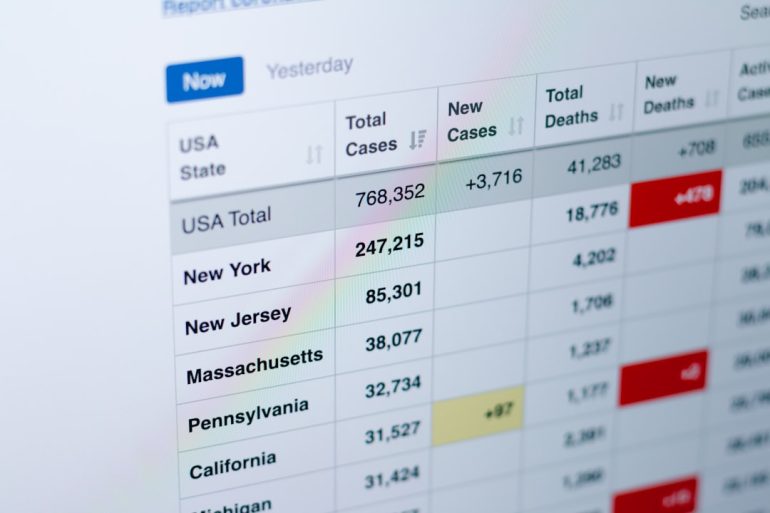Why a niche payments SaaS blocked my IP range for fraud prevention and the appeal + allowlist procedure that restored partner traffic
At the heart of digital commerce, niche SaaS platforms are vital in powering payments, compliance, and integrations that most users never see but nearly all benefit from. But when automated fraud prevention systems misfire, the consequences can be widespread—blocking legitimate traffic and disrupting partnerships. This article explains how one such payments SaaS provider blocked a specific IP range due to fraud concerns, how the impacted party appealed, and how traffic was ultimately restored through an allowlist procedure.
TL;DR (Too long, didn’t read)
Table of Contents
A niche payments SaaS provider mistakenly flagged and blocked an entire IP range used by a legitimate integration partner, causing significant service disruption. The automated system identified unusual traffic patterns that resembled bot activity, leading to the precautionary block. After a formal appeal involving detailed investigation and log sharing, the provider verified the legitimacy of the traffic and granted allowlist exemptions. Traffic was restored, and both parties improved communication protocols to avoid future disruptions.
Understanding the Block: How Fraud Prevention Triggered a Lockout
Payment providers process millions of transactions daily, and with that volume comes abuse. Whether it’s card testing, synthetic identity fraud, or API scraping, malicious actors constantly test boundaries. To combat this, niche SaaS platforms implement rule-based and machine learning detection engines designed to flag unusual activity.
In this case, the payment SaaS’s automated defense system detected what it classified as “high-frequency malformed requests” originating from a particular IP range owned by a hosting provider. These requests resembled behavior used in bot activity or penetration testing—frequent, repetitive, and lacking context compared to normal usage.

Unfortunately, the IP range in question was part of a load-balanced integration platform used by a strategic third-party system integrator. Their service helped hundreds of small businesses sync transactions and invoices between their internal platforms and the payments provider. When the block triggered, end users experienced timeouts, failed sync attempts, and incomplete payment records.
Initial Investigation: Identifying the Root Cause
The blocked partner first encountered user complaints and noticed a spike in error logs corresponding with HTTP 403 responses—the “Forbidden” status. Internal dev teams initially thought it was an API key issue, but closer inspection revealed that the requests never reached the application layer. A quick test using curl from multiple points in the IP range confirmed that the range was entirely geofenced by the payments SaaS provider’s WAF (Web Application Firewall).
After confirming that other vendors and systems were reachable from the same IPs, the partner logically concluded that the block was specific to the payments provider.
Appeal Process: Communicating With the SaaS Provider
Getting unblocked required navigating the provider’s appeal and fraud escalation workflow. While larger vendors may have automated forms and dedicated partner support reps, this niche provider offered a simple ticket-based system.
The appeal included:
- A list of timestamped request samples showing normal usage patterns
- A breakdown of software versions and frequency of scheduled syncs
- An explanation of internal rate limiting policies enforced on the partner side
- Network architecture diagrams to show how traffic was routed through the IP range
This provided the context lacking during the initial fraud detection process. The key argument was that although traffic volume was high, it was legitimate and coming from authenticated clients synchronizing financial data.

Temporary Mitigation and Developer Collaboration
The SaaS provider responded within 24 business hours. A tier-two support engineer initiated a review of recent logs and ran statistical comparison models to separate normal traffic from the flagged activity. They concluded that a small subset of malformed headers triggered the anomaly-based detection threshold.
As a temporary workaround, the SaaS provider offered test environment access using alternative API keys and reduced monitoring so the partner could continue development. During this period, engineers from both companies collaborated to test traffic formatting, validate CIDR-based filters, and ultimately trace the most offending patterns to a misconfigured cron job on one of the partner’s backend schedulers.
Final Resolution: Adding to the Allowlist
After about five days of cooperative debugging and analysis, the payments provider added the submitted IP range to an allowlist reserved for verified system integrators and platform partners. This allowlist bypassed select WAF restrictions while keeping endpoint monitoring active, striking a balance between openness and safety.
The provider also updated its help documentation to clarify signs of an IP block and how partners should request appeal reviews in case of future disruptions.
Key Lessons from the Incident
This experience reinforced several operational and technical best practices for both companies:
- Behavior-based blocks require contextual review: Without understanding usage intent, automated systems can overreach.
- Partner platforms need fallback or circuit-breaker logic: To handle API blocks gracefully and switch regions or IPs.
- Proactive communication channels matter: A Slack shared support channel or status page webhook could have shortened discovery time.
- Rate limiting should mimic real users: Internal tools should avoid patterns that resemble stress tests or bot activity.

FAQ: Common Questions About IP Blocking and Whitelisting
- Why would a SaaS provider block an entire IP range?
- Automated security tools often scan for bot-like behavior, malformed requests, or abuse patterns. If traffic from an IP range resembles known attack signatures, the system may block the range preemptively to protect services.
- Can I request an IP to be unblocked or allowlisted?
- Yes. Most SaaS platforms offer a fraud or abuse appeal process. Be prepared to share logs, network details, and explain your application’s behavior clearly.
- What is the difference between an allowlist and a whitelist?
- Functionally, they are the same. “Allowlist” is the more inclusive term now widely adopted. It refers to IPs or domains that are exempt from certain restrictions after being verified.
- How long does it typically take to resolve a false-positive IP block?
- This varies, but formal reviews typically take 24–72 business hours. Complex cases involving logs or architecture validation can take up to 5–7 days.
- What if my app uses cloud hosting with dynamic IPs?
- In such cases, it’s best to use static IP assignment or NAT-enabled gateways and inform the provider so those IPs can be allowlisted reliably.
Conclusion
False positives in fraud prevention systems are an unfortunate side effect of automation in cyber defense. While rare, they have broad consequences, especially in tight payment-integrated ecosystems. Through transparent communication, cooperative debugging, and solid network documentation, partners and providers can fix such issues efficiently and build better resilience for the future.
Ultimately, trust and communication remain the antidotes to machine-made errors in a connected SaaS world.







